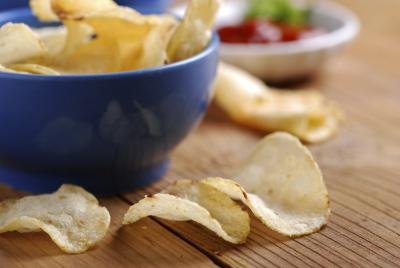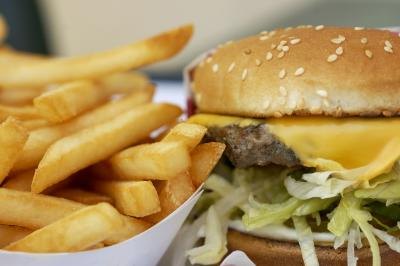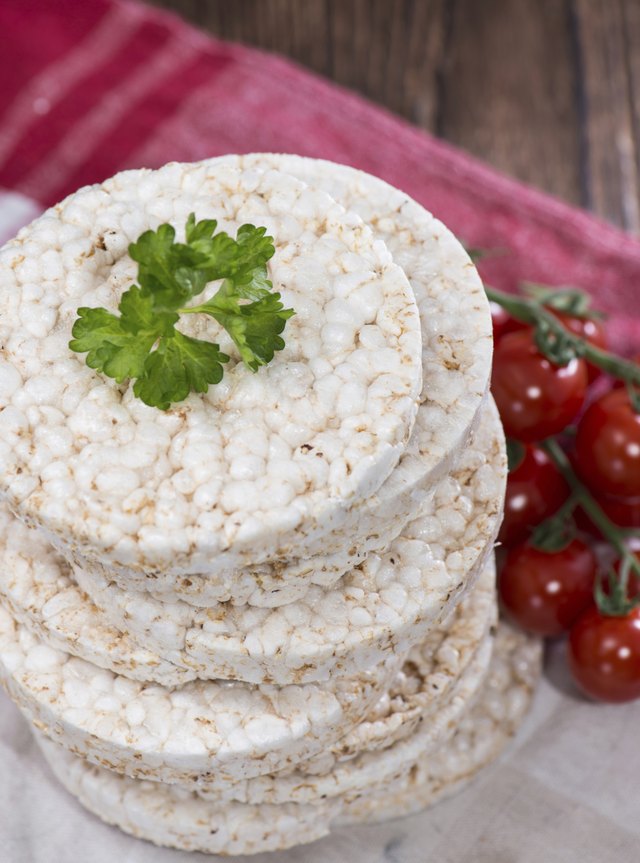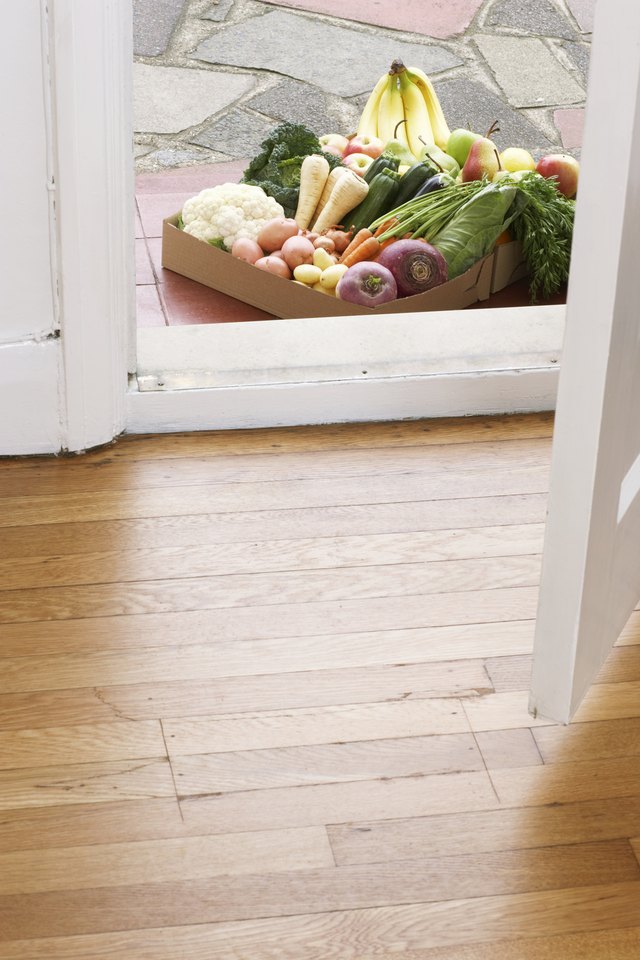Step 1:
Ban junk food from your diet. Processed foods that are high in sodium and fat are almost always made with gluten. This will aid in weight loss.

Step 2:
Enjoy fresh fruits and vegetables. Most quick foods--that take no preparation --contain gluten. The ones that don’t contain gluten are expensive. Eat fruit and vegetables for a quick, inexpensive snack. Eat five fresh fruits and vegetables for your health. They are packed with fiber and are low in calories. This allows you to eat more, feel satisfied and not go overboard with calorie consumption.

Step 3:
Steer clear of fast food chains. Although most of the foods available at them contain gluten, the ones that don’t probably have traces of it because they were not carefully prepared in a gluten-free environment, so you are at risk of consuming gluten if you eat there. Avoiding fast food chains will help you lose weight.

Step 4:
Avoid all gluten-containing foods such as pizza, pasta, bread, crackers, pretzels, cake, bagels or anything containing wheat, rye, barley and some oats. Foods may also contain gluten if they are cross-contaminated with gluten-containing foods at the manufacturer. For example, items such as rice cakes are gluten-free and okay to eat. If they were processed in a factory with wheat crackers, however, and care was not taken to insure there was no cross-contamination of ingredients, you might consume gluten in your rice cake. When in doubt, contact the manufacturer.

Step 5:
Eat healthy, gluten-free foods such as fruits and veggies, eggs, rice, unprocessed meat, cheese, corn cereal and natural popcorn. There are a growing number of gluten-free products available that are made with gluten-free flour (corn, rice, soy, arrowroot, potato and tapioca flour) that allow you to eat versions of food that are normally banned from a gluten-free diet.

Step 6:
Consume fewer calories than you burn each day. This is the key to any weight loss diet. Eating sensibly and participating in an exercise program can help you achieve this. Choose low-fat gluten free-products and avoid all high-fat foods.

Step 7:
Consider a low-carb diet. These popular diets teach the dieter to consume a healthy balance of carbohydrates and fat to reach a healthy body weight and are compatible with a gluten-free diet.

Step 8:
Sign up for gluten-free meal delivery plans. Sufferers from celiac disease can rely upon a food-delivery plan that sends healthy, gluten-free food to your door step. This is ideal for those who want to lose weight because you have control over the amount of calories you receive. If you calculate how many calories you should eat to lose weight, order the corresponding amount of food, and stick to eating only what is provided, you will lose weight. The best part is that you don't have to worry about accidentally consuming a product that contains gluten.


